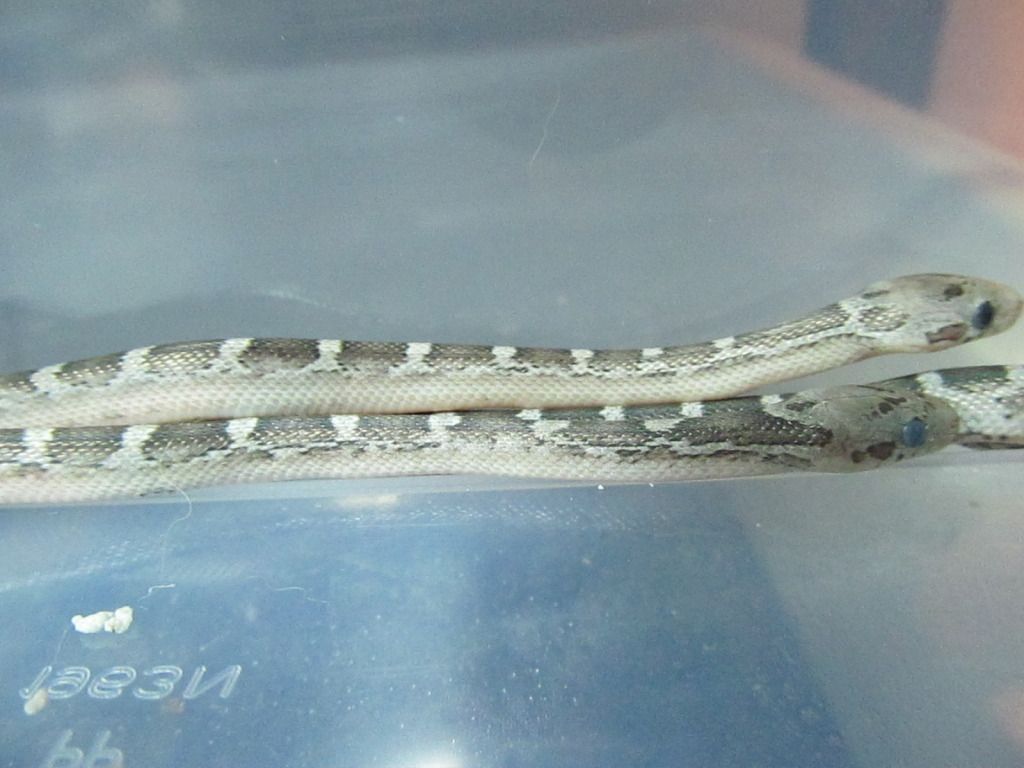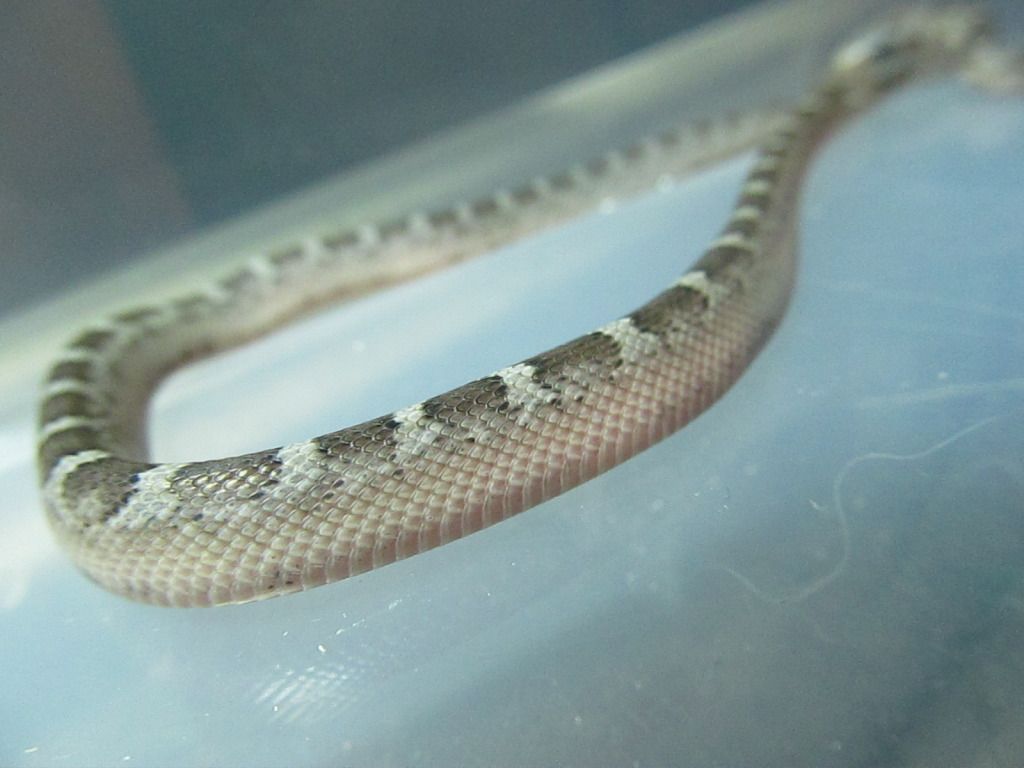Michael823
New member
Hey everyone,
Just curious if anyone with direct knowledge of the two can clarify what is exactly referenced when describing the two (separately). I understand what pied is, and I think I have a clue what differentiates it from 'white sided' (one is separated by diffusion that appears white, the other is actually pied white?...).
But more so, I am curious if anyone has any hatch-ling photos to reference, that they wouldn't mind sharing. I know it's not uncommon that people post 'the most unusual hatch-lings in the world' at times, when in fact it may be something not all that unusual. But I have hatched out a clutch of Granites (Granite x Ghost Blood), and I am absolutely certain that something is, at the very least, unusual. Four of the six have excellent diffusion, while of those four, three are without a doubt different. They have completely white sides. Not just diffused white, but completely, solid white (from the belly all the way up to just about where the dorsal pattern starts... not even any of the typical stitching pattern that occurs in diffused animals between the belly and the very bottom of the lateral markings). Of course waiting until they shed is a must before I can even get any sort of reliable answer (and of course photos might help too, lol), but I'm just too antsy to wait before I ask for reference photos.
And of course there's a chance this is premature speculation, or at least 'too soon to tell'... I get that, and I'm by no means just looking for a label to pawn these off as something they are not. But where I'm most likely keeping the three that look like this (given they eat and grow healthy), I'm just looking to see if I can consolidate the information that may be out there.
Anyways, any info at all would be greatly appreciated. I understand that no determinations can be made on mine whatsoever (especially without pics), but if someone is gracious enough to share their own photos (or experiences with the morph/s) I would be most thankful. And I will certainly be posting photos the minute they shed (should be any day now, as they're eyes were glazed blue last night).
Just curious if anyone with direct knowledge of the two can clarify what is exactly referenced when describing the two (separately). I understand what pied is, and I think I have a clue what differentiates it from 'white sided' (one is separated by diffusion that appears white, the other is actually pied white?...).
But more so, I am curious if anyone has any hatch-ling photos to reference, that they wouldn't mind sharing. I know it's not uncommon that people post 'the most unusual hatch-lings in the world' at times, when in fact it may be something not all that unusual. But I have hatched out a clutch of Granites (Granite x Ghost Blood), and I am absolutely certain that something is, at the very least, unusual. Four of the six have excellent diffusion, while of those four, three are without a doubt different. They have completely white sides. Not just diffused white, but completely, solid white (from the belly all the way up to just about where the dorsal pattern starts... not even any of the typical stitching pattern that occurs in diffused animals between the belly and the very bottom of the lateral markings). Of course waiting until they shed is a must before I can even get any sort of reliable answer (and of course photos might help too, lol), but I'm just too antsy to wait before I ask for reference photos.
And of course there's a chance this is premature speculation, or at least 'too soon to tell'... I get that, and I'm by no means just looking for a label to pawn these off as something they are not. But where I'm most likely keeping the three that look like this (given they eat and grow healthy), I'm just looking to see if I can consolidate the information that may be out there.
Anyways, any info at all would be greatly appreciated. I understand that no determinations can be made on mine whatsoever (especially without pics), but if someone is gracious enough to share their own photos (or experiences with the morph/s) I would be most thankful. And I will certainly be posting photos the minute they shed (should be any day now, as they're eyes were glazed blue last night).












